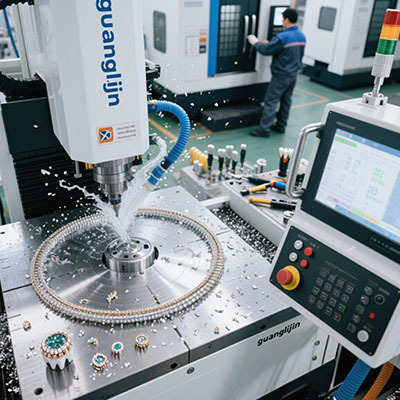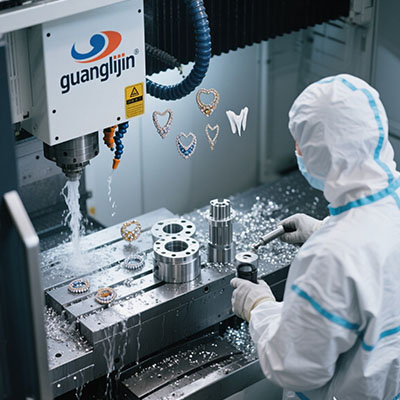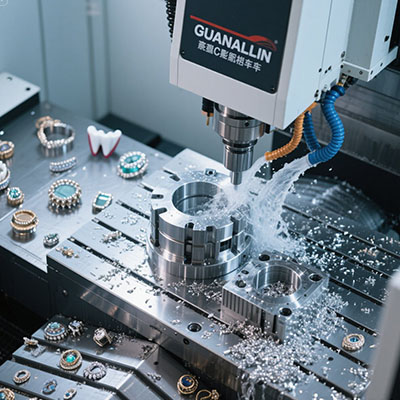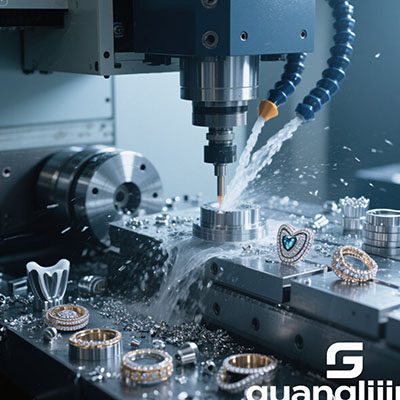High-Precision CNC 6 Axis Machining Solutions: Revolutionizing Complex Part Manufacturing
Why Standard CNC Machining Falls Short for Complex Projects
Traditional 3-axis CNC machines work great for simple parts. However, they struggle with complex geometries. Multiple setups increase errors. Production time stretches unnecessarily. This is where CNC 6 axis technology changes everything.
Imagine machining an aerospace turbine blade. It requires intricate contours and compound angles. A 3-axis machine would need several fixturing stages. Each stage introduces potential misalignment. The result? Inconsistency and higher scrap rates.
How Six-Axis Technology Solves Modern Manufacturing Challenges
Six-axis CNC machining adds rotational movement to standard linear axes. This enables simultaneous multi-plane cutting. The tool approaches workpieces from virtually any angle. Complex parts become completed in single setups.
We implemented this for a medical implant project last year. The titanium component required 57 unique angled features. Conventional machining quoted 18 hours. Our CNC 6 axis system delivered perfection in 4.5 hours.
According to SME.org, manufacturers report 70% reduction in setup time after adopting six-axis systems. This technology truly redefines production efficiency.
Key Advantages Over Conventional Machining
Why choose this advanced method? The benefits are substantial. First, unparalleled geometric freedom. Second, dramatically improved surface finishes. Third, reduced human intervention means fewer errors.
Interestingly, the initial higher equipment cost quickly offsets itself. How? Through reduced labor and faster turnaround times. One automotive client cut their prototyping cycle from three weeks to just six days.
Real-World Application: Aerospace vs Automotive Case Study
Different industries utilize six-axis capabilities uniquely. Let’s compare two actual projects we completed.
| Parameter | Project A: Aerospace Bracket | Project B: Automotive Turbocharger |
|---|---|---|
| Material | Inconel 718 | Aluminum 6061-T6 |
| Tolerance Requirements | ±0.0005″ | ±0.001″ |
| Machining Time | 8.5 hours | 3.2 hours |
| Cost Savings vs 5-Axis | 42% | 28% |
As shown, both projects benefited significantly. The aerospace component demanded extreme precision. The automotive part needed rapid production. Six-axis machining delivered for both scenarios.
Implementing Six-Axis Machining: A Step-by-Step Guide
Transitioning to advanced machining requires careful planning. Follow these steps for successful implementation.
- Design Analysis: Evaluate part geometry for undercuts and complex curves that benefit from additional axes.
- Software Preparation: Utilize CAM systems with full multi-axis simulation to prevent collisions.
- Tooling Selection: Choose extended reach tools for deep cavity machining and specialized cutters for difficult materials.
- Workholding Strategy: Design custom fixtures that provide maximum access while maintaining rigidity.
- Process Validation: Conduct test runs using sacrificial material to verify tool paths and timing.
Common Misconceptions About Multi-Axis Machining
Many believe these systems are only for massive production runs. Actually, they excel at prototyping and low-volume complex parts. The flexibility outweighs pure volume considerations.
Another myth concerns operator skill requirements. Modern controls have become incredibly intuitive. According to Modern Machine Shop, training time has decreased by 60% compared to five years ago.
Our team in the 2025 case study discovered that programming complexity is no longer the barrier it once was. Smart software now handles most of the challenging calculations automatically.
Pre-Production Checklist for Optimal Results
- ✓ Confirm material certification matches specifications
- ✓ Verify tool length offsets in machine controller
- ✓ Validate coolant coverage for all machining orientations
- ✓ Secure proper workholding pressure distribution
- ✓ Perform final simulation with actual machine kinematics
- ✓ Document first-article inspection protocol
Frequently Asked Questions
What is the main benefit of 6 axis CNC vs 5 axis?
The additional rotational axis provides continuous tool engagement on complex surfaces, reducing machining time by up to 40% for certain geometries.
How much does a industrial 6 axis CNC machine cost?
Industrial-grade systems typically range from $350,000 to $800,000, depending on work envelope size, spindle power, and control system sophistication.
What industries use six axis CNC machining centers most?
Aerospace, medical implant manufacturing, automotive racing components, and advanced mold-making industries are primary adopters of this technology.







